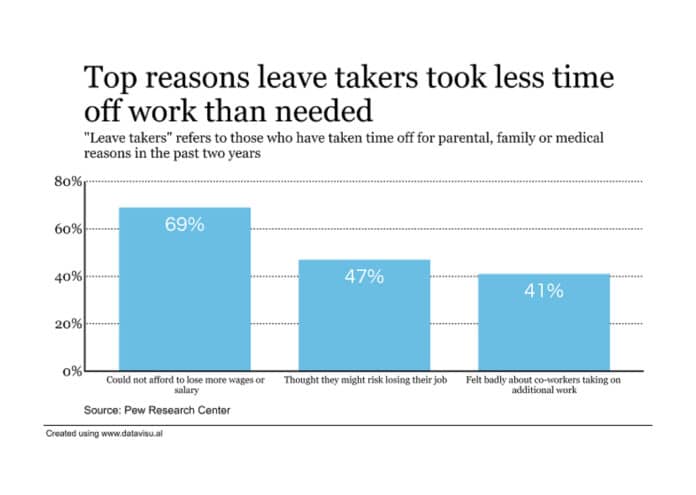COVID-19 has put a spotlight on issues that have been impacting employees for years and will need to be addressed beyond patchworks like the Families First Coronavirus Response Act, including paid leave.

“COVID didn’t cause this financial gap, it simply exposed it,” Jamie Kalamarides, president at Prudential Group Insurance, said this week. “This gap is a real threat to our democracy. Without a path, we’re a nation of haves and have nots.”
The Families First Act mandated that employers provide family leave, paid by the government, and the paycheck protection program kept many employees employed; however, with both of these programs expiring soon, the safety nets they created are falling away without long-term solutions to the problem, Kalamarides noted.
Find all our COVID-19 coverage here
While only 12 states and Washington, D.C., require employers to provide paid leave, Kalamarides advocates for a private sector role in creating a comprehensive paid leave solution. “Such a public-private partnership could accommodate private, employer-sponsored leave programs that meet specified standards, while providing a public option for employees of organizations whose programs do not meet those standards,” he wrote in a recent white paper.
But employers need to think about providing more than leave for new parents. “Paid family medical leave is not just paternity or maternity but to allow for caregiving,” he said Wednesday. “It’s the caregiving for others that’s been so important for us in this pandemic.”
When designing a paid leave program, Kalamarides says a public-private collaboration needs to address four key questions:
- Scope: Who will be eligible for coverage? What conditions will be covered? How long should a paid leave last? How much of an employee’s pay should be replaced? How can employers return ill or injured employees to work as quickly, but fairly, as possible?
- Funding: How should paid leave be financed?
- Mandate or no mandate: How should participation be enforced?
- Delivery: How can government and employers seamlessly and efficiently deliver on their administrative, compliance, communication and benefit payment responsibilities?
But, he noted, paid leave shouldn’t just cover traditional W2 workers. For example, programs will need to cover 1099 employees, be tailored to low- to moderate-income households and be portable. “There are solutions out there to be able to do that,” he said.
RELATED: The childcare crisis is here. What are you doing about it?
And if the need for comprehensive paid leave hasn’t been made clear with the COVID pandemic, those states that do mandate paid leave have seen an 11% decrease in overall flu-related absences, said Adrienne Schweer, paid family leave fellow at the Bipartisan Policy Center. “We are one of the only countries without a paid family leave policy,” she said.
“There is broad public, bipartisan support, but there hasn’t been pressure or momentum on Congress,” she said. “I think a policy is needed for the average American worker.”





